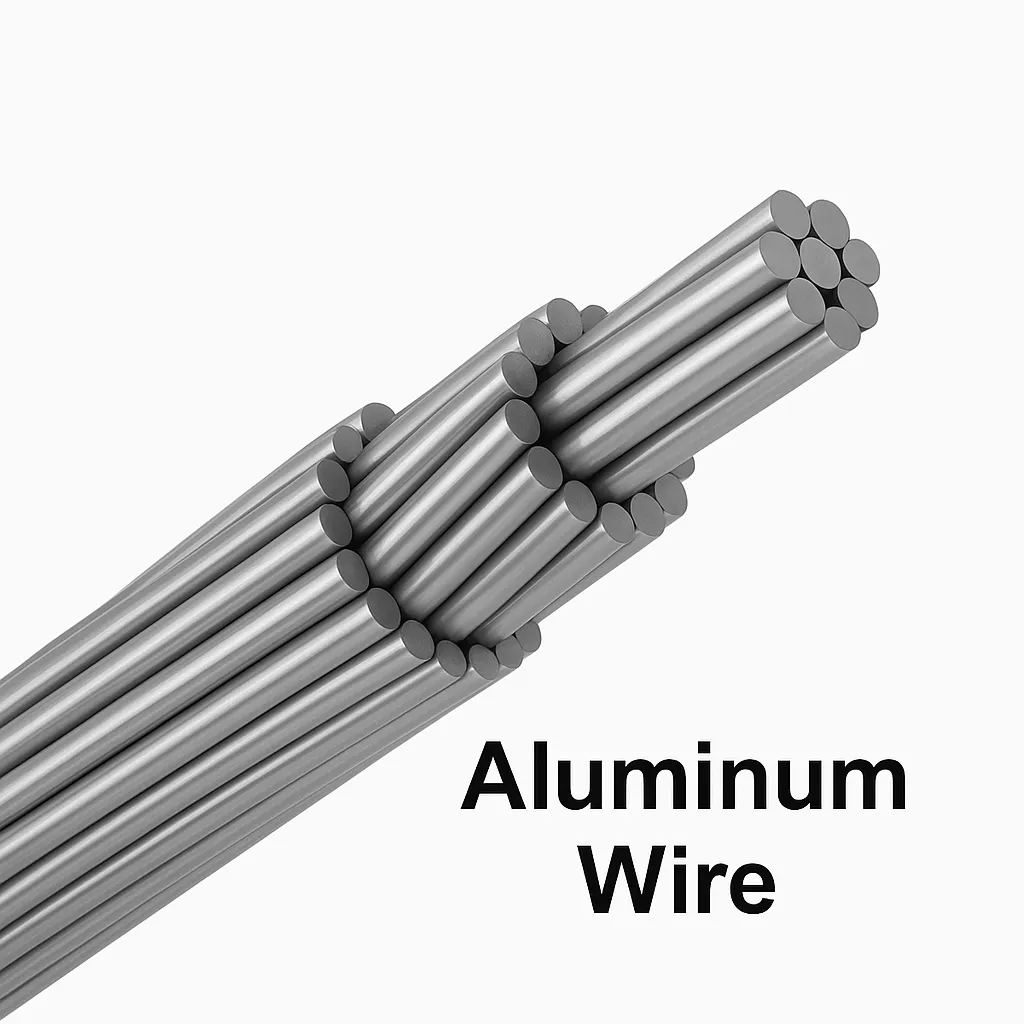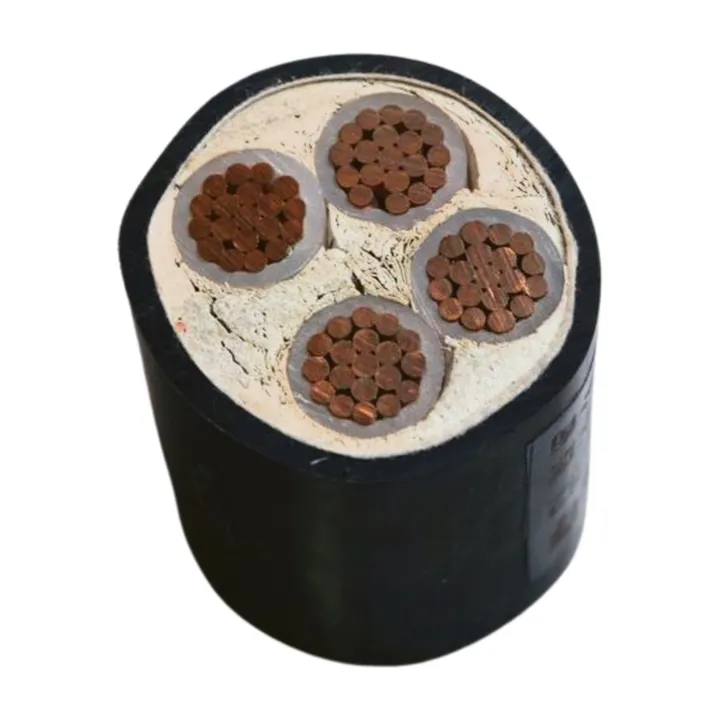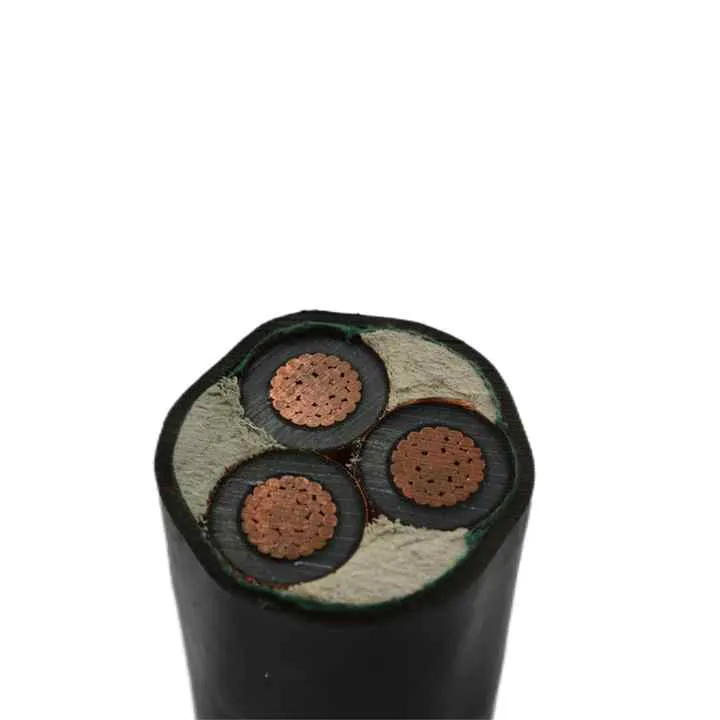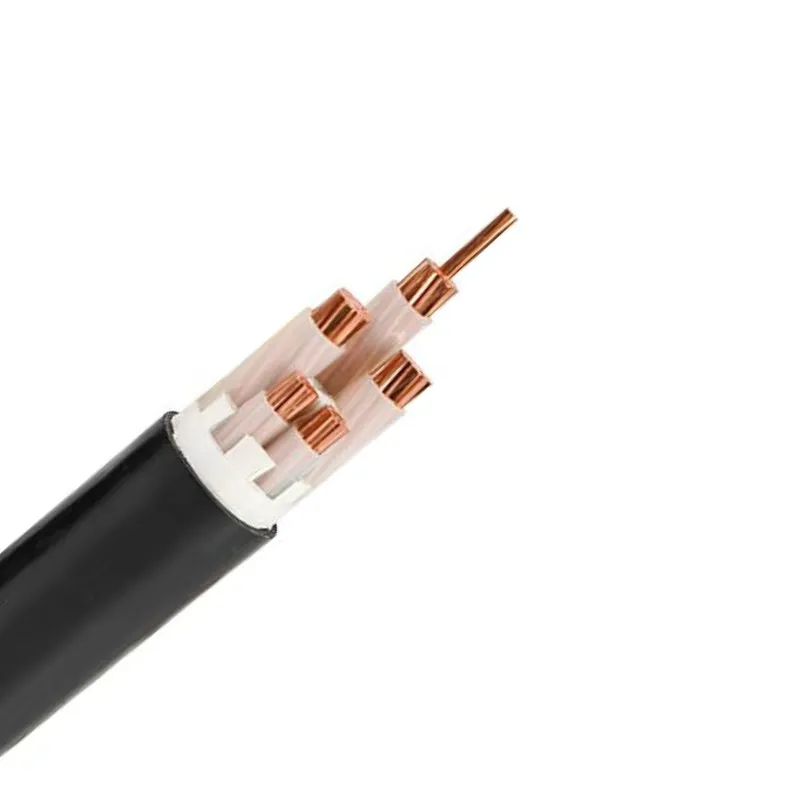Time: 2025-08-07 03:24:54 Source: Henan Province Jianyun Cable Co., Ltd.
Selecting the appropriate conductor material for electrical cables—aluminum or copper—is a critical decision in power distribution, industrial, and residential applications. Both materials have distinct properties that impact performance, cost, and suitability for specific use cases. This guide provides a comprehensive comparison of aluminum and copper cable conductors, detailing their characteristics, advantages, disadvantages, and applications to aid in informed decision-making, presented in a formal and structured manner.

Aluminum and copper are the primary conductor materials used in electrical cables, such as low-voltage (0.6/1 kV) and medium-voltage (6/10 kV to 26/45 kV) power cables. These cables, insulated with materials like cross-linked polyethylene (XLPE) or polyvinyl chloride (PVC), are designed to transmit electrical power efficiently and safely. Copper has historically been the preferred choice due to its superior conductivity, while aluminum has gained popularity for its cost-effectiveness and lighter weight, particularly in large-scale applications. Both comply with standards like IEC 60228 for conductor classes (Class 1, 2, or 5).
| Conductor | Common Use | Standards |
|---|---|---|
| Copper | Residential, industrial, high-conductivity needs | IEC 60228, ASTM B8 |
| Aluminum | Overhead lines, large-scale distribution | IEC 60228, ASTM B231 |
The choice between aluminum and copper conductors depends on their electrical, mechanical, and economic properties:
| Property | Copper | Aluminum |
|---|---|---|
| Conductivity | 5.96 × 10⁷ S/m | 3.50 × 10⁷ S/m |
| Weight | 8.96 g/cm³ | 2.70 g/cm³ |
| Cost | Higher | Lower |
| Tensile Strength | 200–250 MPa | 100–150 MPa |
| Conductor | Advantages | Disadvantages |
|---|---|---|
| Copper | High conductivity, strong, durable | Expensive, heavy |
| Aluminum | Low cost, lightweight | Lower conductivity, weaker |
The choice between aluminum and copper depends on the application and project requirements:
| Conductor | Applications |
|---|---|
| Copper | Residential, industrial, high-performance |
| Aluminum | Overhead lines, utility, large-scale |
When choosing between aluminum and copper conductors, consider the following:
| Consideration | Details |
|---|---|
| Current Capacity | Aluminum needs larger size |
| Installation | Copper easier, aluminum needs connectors |
| Cost | Copper for performance, aluminum for savings |
| Environment | Sealing, bimetallic connectors |
| Challenge | Solution |
|---|---|
| High Copper Cost | Use aluminum for cost-sensitive projects |
| Aluminum Conductivity | Increase cross-section, calculate VD |
| Corrosion (Aluminum) | Use bimetallic connectors, anti-oxidant compounds |
| Mechanical Weakness (Aluminum) | Reinforce with steel (e.g., ACSR), avoid high-stress applications |
Choosing between aluminum and copper cable conductors depends on balancing electrical performance, cost, weight, and application requirements. Copper offers superior conductivity and mechanical strength, making it ideal for residential, industrial, and high-performance systems, but its higher cost and weight are drawbacks. Aluminum provides cost and weight savings, suitable for overhead lines and large-scale distribution, though it requires larger sizes and careful termination to address lower conductivity and corrosion risks. By evaluating current needs, installation conditions, and compliance with standards like IEC 60502, users can select the optimal conductor for reliable and efficient power distribution with a lifespan of 25–30 years.

NA2XS(f)2Y 6/10KV 12/20KV 120 150 185 240 300MM2 Single Conductor Xlpe Insulated

Grounding Cable 3 Core 95mm2 150mm2 240mm2 Aluminum High Voltage Cable

5x35mm 5x25mm Low Voltage Power Cable With PVC Sheath Copper Conductor XLPE Insu

A medium voltage three core armoured power cable is designed for the reliable tr